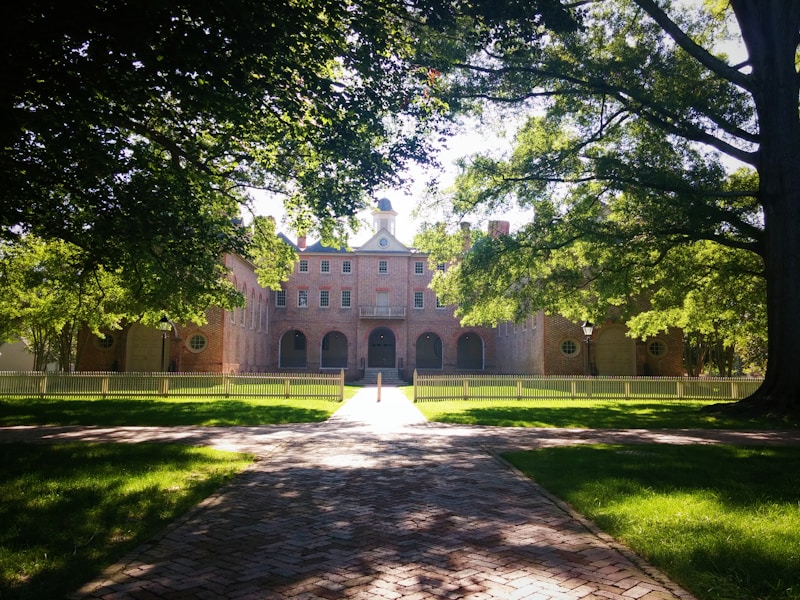9 Questions
What is the origin of the word 'sonnet'?
What is the typical rhyme scheme and structure of a sonnet?
What is the structure of a typical Italian sonnet?
What is the ABBA ABBA pattern?
Which English poets are credited with pioneering the sonnet form in English?
What is the Shakespearean measure for a sonnet?
Which Romantic poet wrote over 500 sonnets?
What is the name of Elizabeth Barrett Browning's autobiographical sonnet cycle?
Which African American poets wrote sonnets, with some winning prizes for their volumes?
Summary
The Sonnet: A Brief History
-
The sonnet is a poetic form consisting of fourteen lines that originated in Sicily in the 13th century.
-
The term "sonnet" comes from the Italian word sonetto, meaning "little song".
-
The sonnet is known for its strict rhyme scheme and structure, with a pair of quatrains followed by a pair of tercets.
-
The first eight lines of the earliest Sicilian sonnets are identical to the eight-line Sicilian folksong stanza known as the Strambotto.
-
The structure of a typical Italian sonnet includes an octave followed by a sestet, with the ninth line marking a "turn" or "volta".
-
The ABBA ABBA pattern became the standard for Italian sonnets, with two different possibilities for the sestet: CDE CDE and CDC CDC.
-
Catalan writer Pere Serafí was the most prolific and subtle Catalan writer of sonnets in the 16th century.
-
The sonnet was reintroduced to the Spanish language by Juan Boscán and Garcilaso de la Vega in the 16th century.
-
Lope de Vega was responsible for writing some 3,000 sonnets, a large proportion of them incorporated into his dramas.
-
The sonnet was used to express a different and post-colonial reality in the Americas, with poets such as Joaquín Acadio Pagaza y Ordóñez and Julio Herrera y Reissig.
-
The sonnet form was deconstructed as part of the modernist questioning of the past, as seen in Alfonsina Storni's Mascarilla y trébol.
-
French sonnets are traditionally composed in the French alexandrine, with Clément Marot and Mellin de Saint-Gelais introducing Petrarchan imitations in the 16th century.A Brief History of the Sonnet Form
-
The Petrarchan sonnet cycle was used by La Pléiade, a group of radical young noble poets of the court in 1549.
-
Theorems, a sequence of 515 sonnets with non-traditional rhyme schemes, about the Passion and Resurrection of Jesus Christ, was published by Jean de La Ceppède in the aftermath of the Wars of Religion.
-
The sonnet form was revived by the Romantics in the 19th century.
-
Sir Thomas Wyatt and Henry Howard, Earl of Surrey, have been described as "the first English Petrarchans" from their pioneering the sonnet form in English.
-
The Shakespearean measure, characterised by three alternately rhymed quatrains terminating in a final couplet, became the favourite during Elizabethan times.
-
Shakespeare's sequence of 154 sonnets departs from the norm in addressing more than one person in its course, male as well as female.
-
John Donne adapted the emerging Baroque style to the new subject matter of his series of Holy Sonnets.
-
John Milton's sonnets address personal and political themes and demonstrate a stylistic transition.
-
The fashion for the sonnet went out with the Restoration, and hardly any were written between 1670 and the second half of the 18th century.
-
William Wordsworth wrote some 523 sonnets which were to exert a powerful stylistic influence throughout the first half of the 19th century.
-
Elizabeth Barrett Browning's autobiographical Sonnets from the Portuguese (1845–50) is described as the first depiction of a successful courtship since Elizabethan times.
-
Gerard Manley Hopkins applied his experimental sprung rhythm to the composition of the sonnet, amplifying the number of unstressed syllables within a five- (or occasionally six-) stressed line.
-
The sonnet form was revived in the 1970s by poets such as Peter Dale, Geoffrey Hill, and Seamus Heaney.The Sonnet Tradition in Various Languages
-
The sonnet form was widely used in North America, including by David Humphreys, William Lloyd Garrison, William Cullen Bryant, Henry Wadsworth Longfellow, and Emma Lazarus.
-
African American poets, such as Paul Laurence Dunbar, Claude McKay, Countee Cullen, Langston Hughes, and Sterling A. Brown, also wrote sonnets, with some winning prizes for their volumes.
-
American sonnets were anthologized in separate sections and volumes, with recent scholarship revealing many African American sonnets that were not previously anthologized.
-
In Canada, Archibald Lampman and the Confederation Poets were known for their sonnets on pastoral themes.
-
German poets, including Paulus Melissus, Martin Opitz, Johann Wolfgang von Goethe, August Wilhelm von Schlegel, and Rainer Maria Rilke, raised the sonnet to German consciousness, with Rilke's Sonnets to Orpheus being a monumental addition to the literature of the sonnet sequence.
-
Czech, Polish, and Slovenian poets, including Ján Kollár, Karel Hynek Mácha, Jaroslav Vrchlický, Josef Svatopluk Machar, and Adam Mickiewicz, also wrote notable sonnet sequences.
-
Dutch poets, including Jacques Perk and Martinus Nijhoff, dropped and then returned to the sonnet form in attempts to revitalize Dutch poetry.
-
Avant-garde poets in the Netherlands, such as Lucebert, satirized formalism and self-aggrandizement in sonnets.
-
Formalist poets, such as Gerrit Komrij and Jan Kal, wrote sonnets again in the late 20th century in reaction to earlier experimentalism.Sonnets in Different Languages
-
Slovenia has made sonnet a national verse form; the most popular Slovenian poet France Prešeren wrote many sonnets.
-
Liam Gógan was the first poet to write sonnets in the Irish language after his imprisonment at Frongoch internment camp following the Easter Rising.
-
In Welsh, several great poets have written sonnets such as Saunders Lewis and Thomas Evan Nicholas.
-
Hebrew sonnetry started in the 16th century, authored by Yosef Tzarfati and Moshe ben Yoav with over 80 Hebrew-language sonnets from the 16th century extant.
-
The Indian subcontinent has seen sonnets written in various languages such as Assamese, Bengali, Dogri, English, Gujarati, Hindi, Kannada, Kashmiri, Malayalam, Manipuri, Marathi, Nepali, Oriya, Sindhi, and Urdu.
-
In Urdu, Azmatullah Khan is believed to have introduced sonnet format to Urdu literature in the early 20th century. Other renowned Urdu poets who wrote sonnets were Akhtar Junagarhi, Akhtar Sheerani, Noon Meem Rashid, Mehr Lal Soni Zia Fatehabadi, Salaam Machhalishahari, and Wazir Agha.
Description
Test your knowledge of the sonnet form with our quiz! From its origins in Sicily to its revival by the Romantics, this poetic form has a rich and fascinating history. Explore the different variations of sonnets in various languages, from Italian to Welsh to Urdu. With questions ranging from structure to notable poets, this quiz will challenge your understanding of the sonnet and its place in literature. Whether you're a seasoned poet or a curious reader, take this quiz to discover how much you really know


